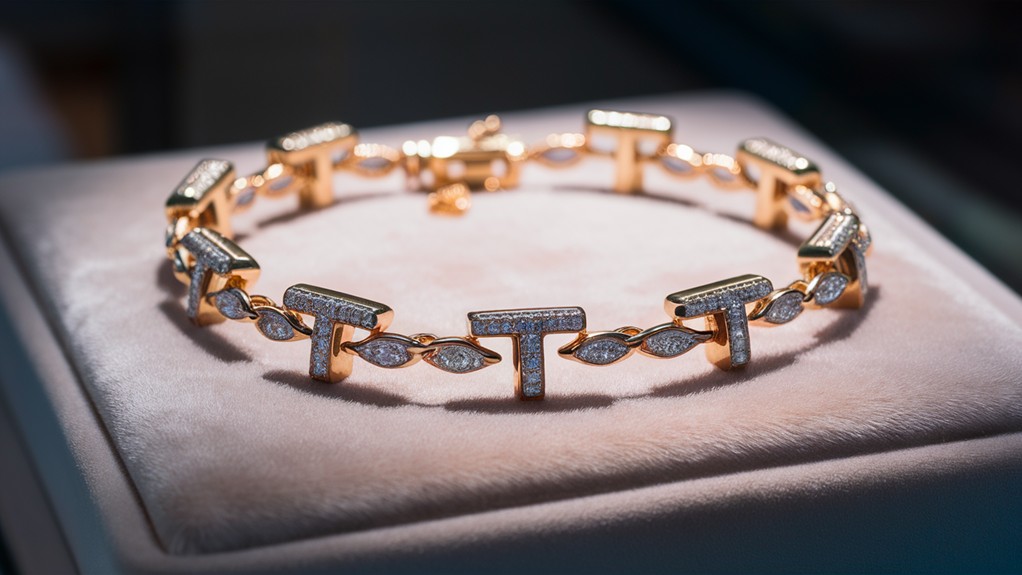Curious about how much gold was confiscated in 1933? Brace yourself for a surprising revelation.
In a bold move, President Franklin D. Roosevelt issued Executive Order 6102, requiring folks like you to hand over your precious gold coins, bullion, and certificates. Can you believe it? The government took control, demanding a total of 2,665 metric tonnes of gold.
That's an astonishing amount, equivalent to over $171 billion in today's Federal Reserve Notes. They paid $20.67 per troy ounce, melting down every single piece of gold that was surrendered.
This confiscation had far-reaching consequences, impacting the economy by devaluing the dollar, increasing the influx of foreign gold, and reducing per capita exports and imports.
The controversy and debate surrounding this event continue to this day.
Our Highlighted Points
- The United States confiscated over $171 billion worth of gold in 1933.
- The confiscation aimed to increase the country's gold reserves and stabilize the economy during the Great Depression.
- Individuals were required to deliver their gold to the Federal Reserve, and violators faced fines or imprisonment.
- The confiscated gold was melted down and used to back the US dollar, solidifying government control over gold reserves.
Historical Context of the Gold Confiscation Act
In 1933, you experienced a historical context that led to the implementation of the Gold Confiscation Act. At that time, the United States was facing a severe economic crisis known as the Great Depression.
Many people were hoarding gold, causing a shortage in the country's gold reserves. This hoarding of gold was seen as a hindrance to economic growth, as it limited the Federal Reserve's ability to increase the money supply.
In response to this crisis, President Roosevelt issued Executive Order 6102, which required all individuals and businesses to turn in their gold coins, bullion, and certificates to the Federal Reserve. The purpose of this confiscation was to increase the country's gold reserves and stabilize the economy.
This marked a significant shift in the country's financial policies and played a crucial role in the eventual abandonment of the gold standard in 1971.
Impact of Executive Order 6102
The impact of Executive Order 6102 on the confiscation of gold in 1933 was significant. This order, issued by President Franklin D. Roosevelt, aimed to address the hoarding of gold during the Great Depression and the negative impact it had on economic growth. The order required individuals to deliver their gold to the Federal Reserve, with violators facing fines or imprisonment. As a result, the US government confiscated over $171 billion worth of gold, effectively abandoning the gold standard. The Gold Reserve Act of 1934 further solidified the government's control over gold by raising its price and transferring ownership to the US Department of the Treasury. This had far-reaching consequences, including rendering gold clauses in contracts unenforceable and limiting private ownership of gold. Ultimately, the aim was to stabilize the economy and restore confidence in the value of the dollar.
| Impact of Executive Order 6102 |
|---|
| Abandoned the gold standard |
| Confiscated over $171 billion worth of gold |
| Restricted private ownership of gold |
| Rendered gold clauses in contracts unenforceable |
| Transferred ownership of gold to the US Treasury |
| Aimed to stabilize the economy and restore confidence in the value of the dollar |
Amount of Gold Confiscated in 1933
A total of 2,665 metric tonnes of gold was confiscated from individuals in 1933. This confiscation was part of President Franklin D. Roosevelt's efforts to stabilize the economy during the Great Depression. The United States government required citizens to surrender their gold coins, gold bullion, and gold certificates to a Federal Reserve bank.
The aim was to centralize the nation's gold reserves and prevent hoarding. Violators of the order could face hefty fines and imprisonment. Under the new regulations, individuals were only allowed to own a maximum of $100 in gold coins.
The confiscated gold was then used to back the US dollar. To put it in perspective, the value of the confiscated gold in today's dollars would be over $171 billion. Following the confiscation of gold, the US government gained a significant amount of wealth in the form of this precious metal. The gold was then used to back the US dollar, which provided stability to the currency. Today, the estate jewelry value of the confiscated gold would be astronomical, cementing its significance in shaping the economy during that time period.
Fate of Confiscated Gold
You can discover the fate of the confiscated gold from 1933 by understanding how it was utilized to back the US dollar and centralize the nation's gold reserves.
Here is what happened to the confiscated gold:
- Melted Down: All surrendered gold was melted down after being turned in to the Federal Reserve. This allowed the government to control the supply of gold and stabilize its value.
- Transfer of Ownership: The 1934 Gold Reserve Act transferred ownership of all gold and gold certificates to the US Department of Treasury. This consolidation of ownership gave the government greater control over the nation's gold reserves.
- Increase in Value: The Act also raised the price of gold from $20.67 to $35 per ounce. This increase in value helped strengthen the US dollar and promote economic growth.
- Impact on Financial Institutions: The confiscation of gold had a significant impact on financial institutions. The government's control over gold reserves allowed it to become a net surplus trader and manufacturing powerhouse, contributing to the country's economic transformation.
Legacy and Controversy Surrounding the Gold Confiscation
Explore the enduring legacy and ongoing controversies surrounding the 1933 gold confiscation, delving into its far-reaching impacts on the American economy and the public's perception of government intervention.
The gold confiscation of 1933 remains a controversial event in American history. It marked a significant departure from the gold standard and raised questions about private ownership rights. The confiscation, implemented by President Franklin D. Roosevelt to address monetary difficulties during the Great Depression, was seen by some as necessary for economic stability.
However, it also sparked debates about the limits of government power and the infringement on individual liberties. The legacy of the confiscation is intertwined with the broader legacy of Roosevelt's New Deal policies.
While some argue that the confiscation played a crucial role in stimulating economic growth, others view it as a violation of property rights and a dangerous precedent for government intervention. The controversies surrounding the gold confiscation continue to shape discussions on government economic policies and individual freedoms.
Conclusion
So, now you know the story of how much gold was confiscated in 1933. It's crazy to think about the impact that one executive order had on the economy.
The government took tons of gold from its citizens, melting it down and forever changing the value of the dollar.
Whether you see it as a necessary measure or a government overreach, the legacy and controversy of the gold confiscation continue to spark debate to this day.


